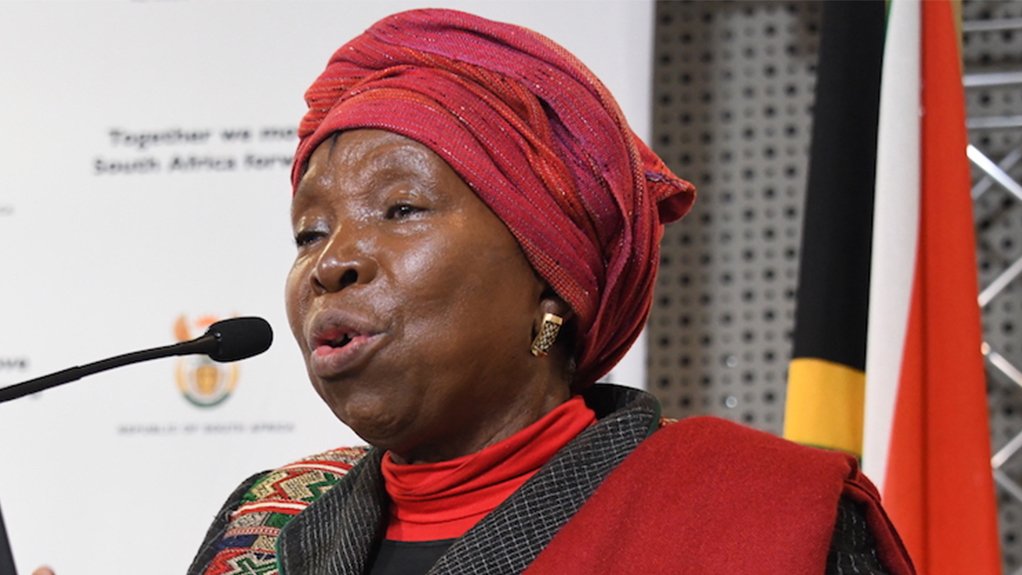Minister of Cooperative Governance and Traditional Affairs (Cogta) Nkosazana Dlamini-Zuma said on Tuesday that her department’s having opted for a District Development Model (DDM) was to strengthen the local government sphere.
She made the announcement in Pretoria during the South African Local Government Association and National Council of Provinces’ Local Government Week, saying that the DDM would address local government issues and facilitate better coordination and integration.
Dlamini-Zuma said that the DDM was a way of moving government away from silo-like planning, budgeting and implementation by enabling socio-economic and spatial transformation through a more tangible common vision for the development of the country.
“By adopting a long-term view and interconnecting the local economies we are able to reimagine a better community, district and nation. We are also able to transcend our current limitations by capitalizing on the endowment structure that each district has,” she explained.
Linking local economies with district and national economies could massify, optimise and transform the structure of the economy, she added.
More focus will also be given to the participation of women and youth, reskilling them and allowing them access to financing and credit.
“All these will require a developmental and appropriately capacitated local government. To this end, we are employing skilled people to the District Hubs so that we may avail shared skills where local municipalities may lack,” Dlamini-Zuma said.
The hubs will serve as a functional network of support and a facilitation system for intergovernmental planning in relation to a specific district space and form part of the district’s capacity. They will link the localities to provinces and national departments.
The hubs will also house critical and scarce skills such as engineers, planners, ICT specialists and administrators.
This past weekend saw the introduction of these professionals to the Waterberg community, one of the DDM pilot sites in Limpopo.
Dlamini-Zuma said the DDM would be used to reimagine the future of 44 districts and 8 metros, starting with profiling the localities with completed profiles from the 52 districts.
“This means we are now at a point where we have a good understanding of the major development issues in all our districts. This was a critical step in the process of the implementation of the District Development Model because we now know what we need to do to improve the quality of the lives of our people. This will allow us to ensure that we have a common understanding of the challenges and opportunities confronting these areas,” she said.
EMAIL THIS ARTICLE SAVE THIS ARTICLE ARTICLE ENQUIRY
To subscribe email subscriptions@creamermedia.co.za or click here
To advertise email advertising@creamermedia.co.za or click here











